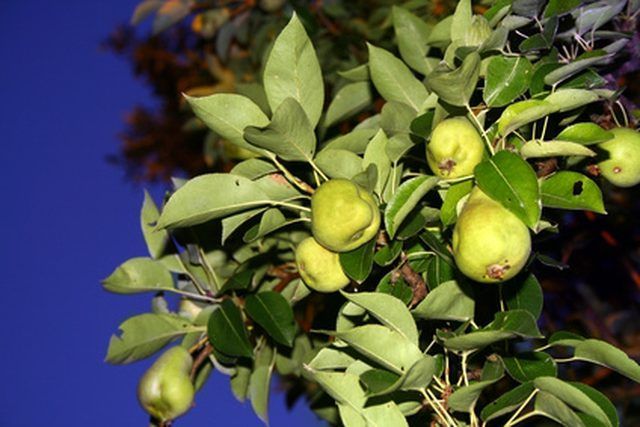Bulbs
Flower Basics
Flower Beds & Specialty Gardens
Flower Garden
Garden Furniture
Garden Gnomes
Garden Seeds
Garden Sheds
Garden Statues
Garden Tools & Supplies
Gardening Basics
Green & Organic
Groundcovers & Vines
Growing Annuals
Growing Basil
Growing Beans
Growing Berries
Growing Blueberries
Growing Cactus
Growing Corn
Growing Cotton
Growing Edibles
Growing Flowers
Growing Garlic
Growing Grapes
Growing Grass
Growing Herbs
Growing Jasmine
Growing Mint
Growing Mushrooms
Orchids
Growing Peanuts
Growing Perennials
Growing Plants
Growing Rosemary
Growing Roses
Growing Strawberries
Growing Sunflowers
Growing Thyme
Growing Tomatoes
Growing Tulips
Growing Vegetables
Herb Basics
Herb Garden
Indoor Growing
Landscaping Basics
Landscaping Patios
Landscaping Plants
Landscaping Shrubs
Landscaping Trees
Landscaping Walks & Pathways
Lawn Basics
Lawn Maintenance
Lawn Mowers
Lawn Ornaments
Lawn Planting
Lawn Tools
Outdoor Growing
Overall Landscape Planning
Pests, Weeds & Problems
Plant Basics
Rock Garden
Rose Garden
Shrubs
Soil
Specialty Gardens
Trees
Vegetable Garden
Yard Maintenance
How to Troubleshoot Pear Tree Disease of Leaves
How to Troubleshoot Pear Tree Disease of Leaves. The leaves of a pear tree are often among the first parts of the tree to show distress when disease is present. Damage to the pear tree's leaves can be indicative of a number of disorders, ranging from fungal infections to the presence of destructive insects. By diagnosing the problem and treating it...

The leaves of a pear tree are often among the first parts of the tree to show distress when disease is present. Damage to the pear tree's leaves can be indicative of a number of disorders, ranging from fungal infections to the presence of destructive insects. By diagnosing the problem and treating it promptly, you may be able to restore your pear tree to health and still produce a crop of fruit for the year.
Things You'll Need
Notebook
Paper bag
Large freezer-storage recloseable plastic bag
Examine the pear tree's leaves. Note any signs of distress, such as spots or ragged edges. Dark fecal pellets on the underside of the leaves, for instance, may indicate the presence of thrips, an insect that is only 1/25 inch long, but which may cause considerable damage to the tree's leaves. Yellow leaves may be indicative of psyllids, insects that produce a honeydew that attracts fungal molds. Write down the symptoms you observe.
Look for the presence of insects. Some insects, such as the thrips mentioned in Step 1, may be too small to see. Others, however, are fairly visible, such as the tarnished plant bug, a 1/4-inch-long brown insect that is mottled with yellow and black. Its eggs are long and can be found on the tree's stems and leaves. This insect will feed on the tree and may cause blackening of the shoots and ruin the pear tree's flowers. Write a description of any insects you find on the tree's leaves. Search for them on the undersides of the leaves or tucked into furls.
Contact a local plant disease clinic or the county extension center of a local agricultural university. Prepare a leaf sample to deliver to them. Place the leaves in a small paper bag, then place the paper bag into a plastic recloseable freezer-storage bag. Keep the sample in a refrigerator until it's ready to ship or deliver. Provide the written description of any symptoms or insects you've observed, along with the leaf sample. The center will diagnose the problem and offer suggestions for treating it.
Tips & Warnings
Many local plant disease clinics and county extensions have phone helplines to answer your questions about gardening issues. Check with your local county extension or clinic to see if such a service is available.
Some county extensions and plant clinics now have databases that allow a user to create an account and upload images for diagnosis.
There may be a cost associated with lab examinations, diagnosis and recommendations; these can range from $10 to $100.